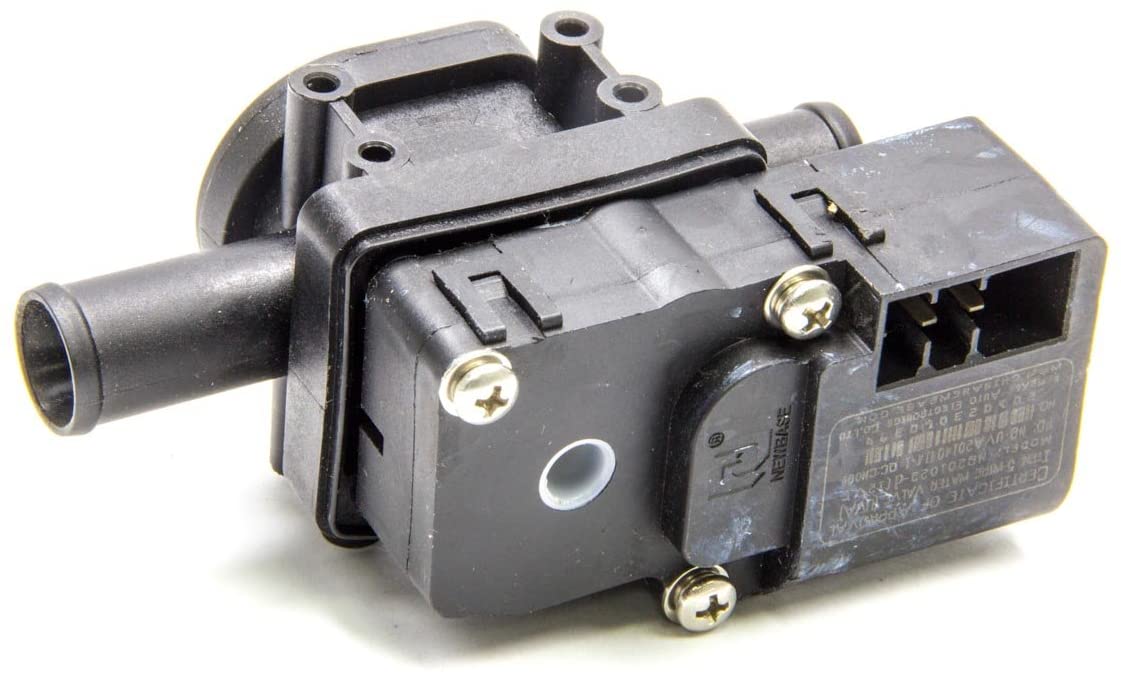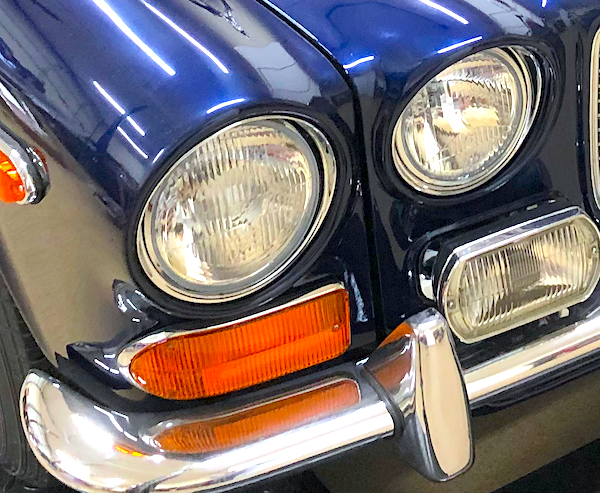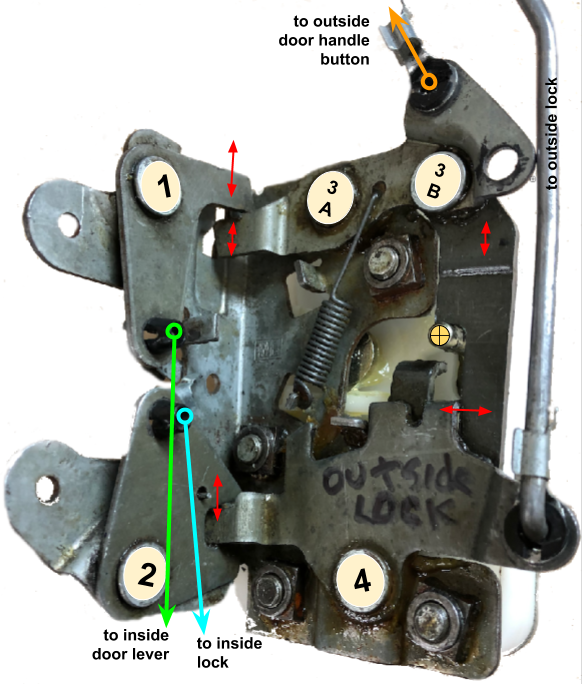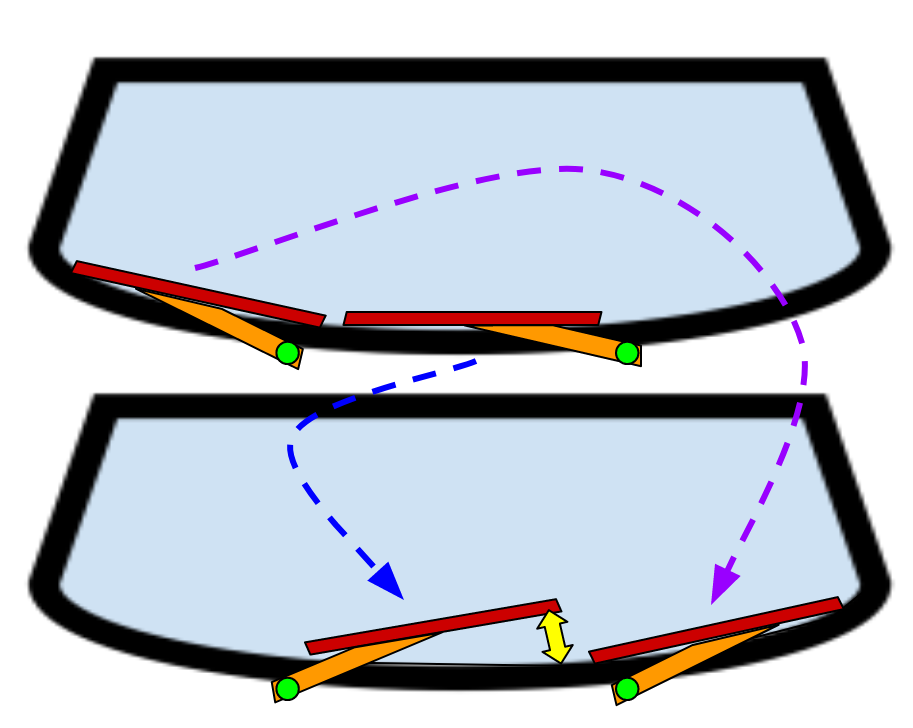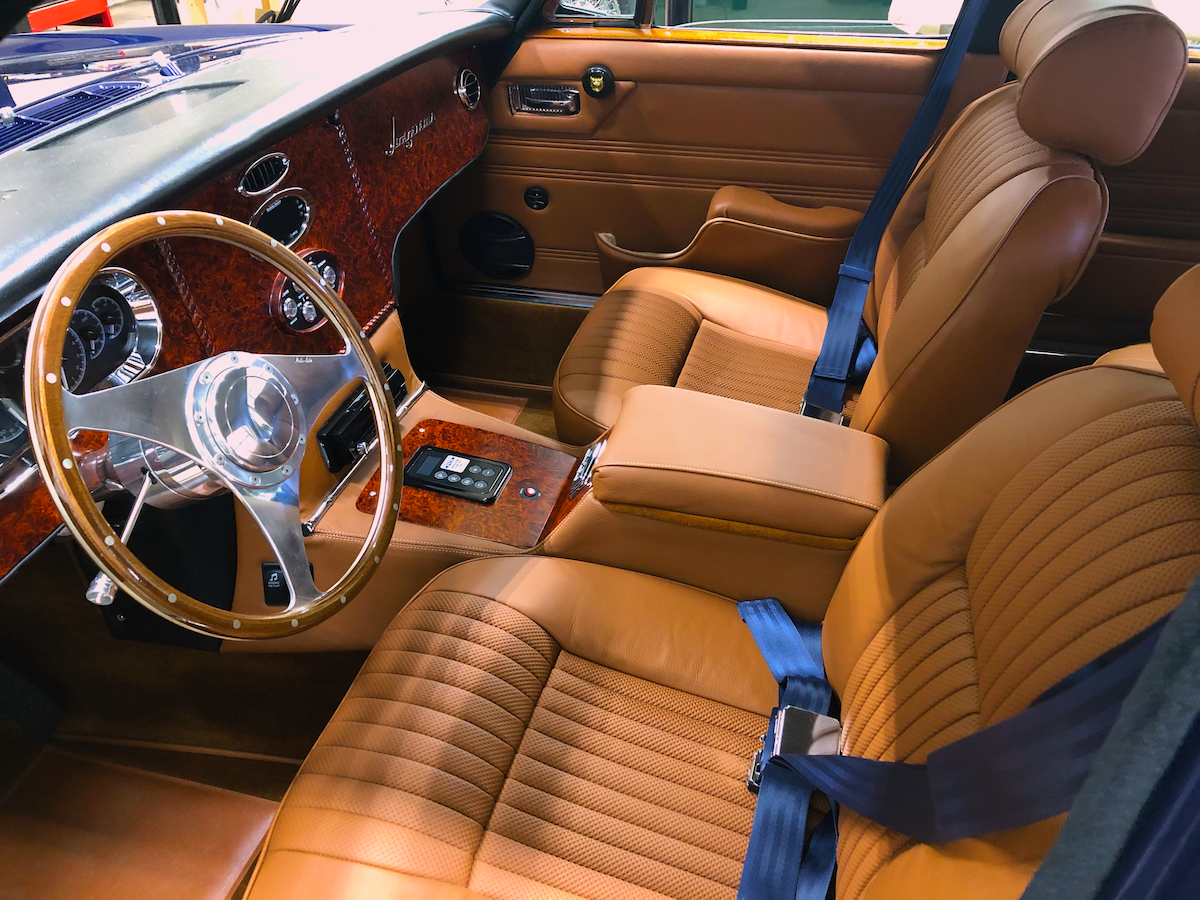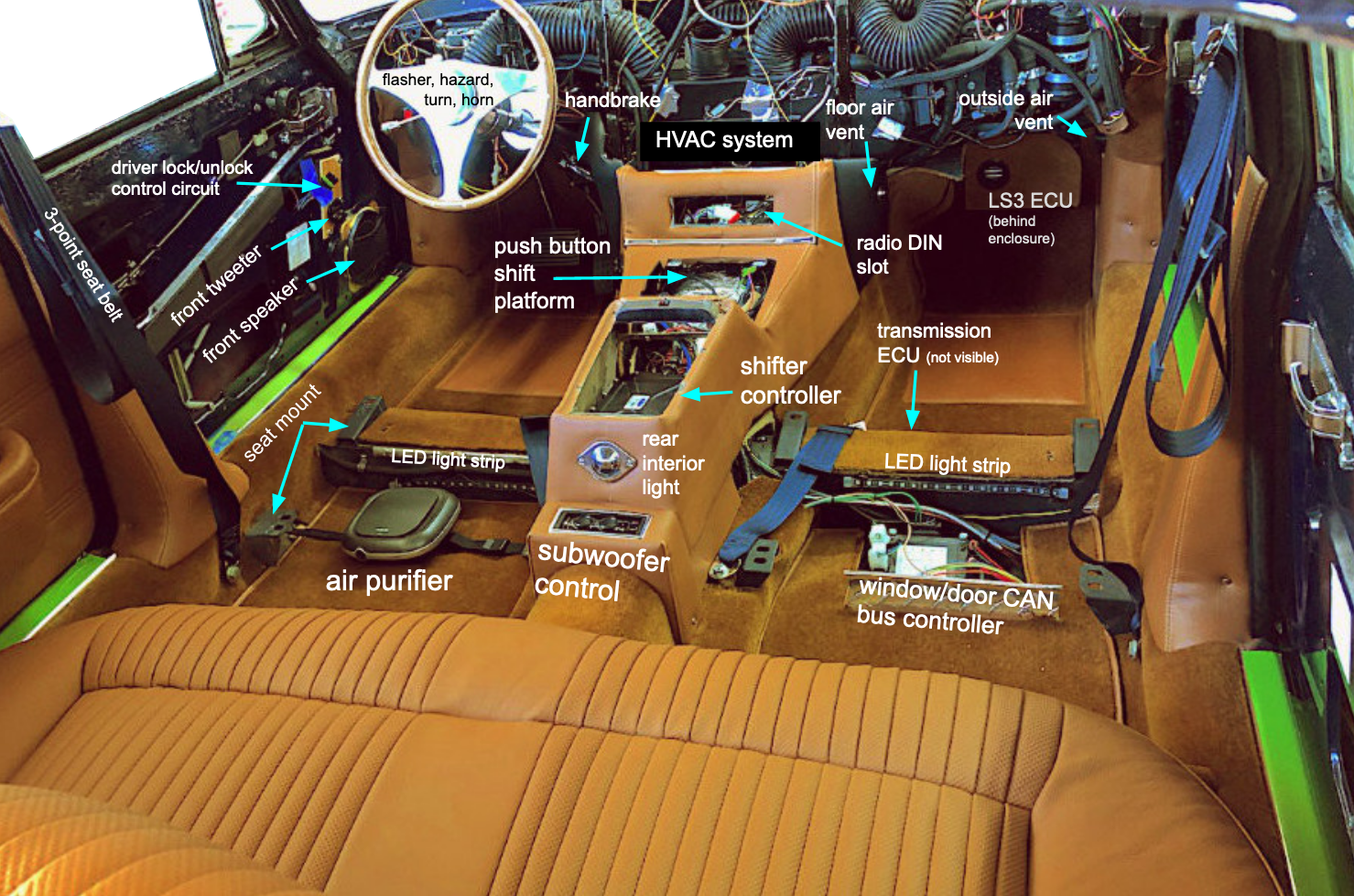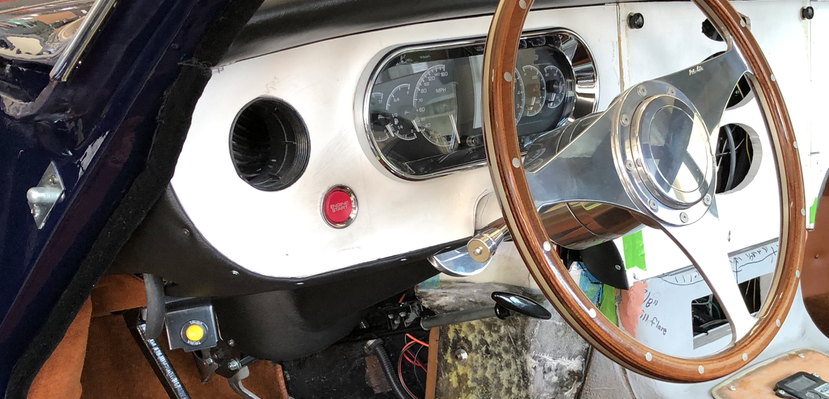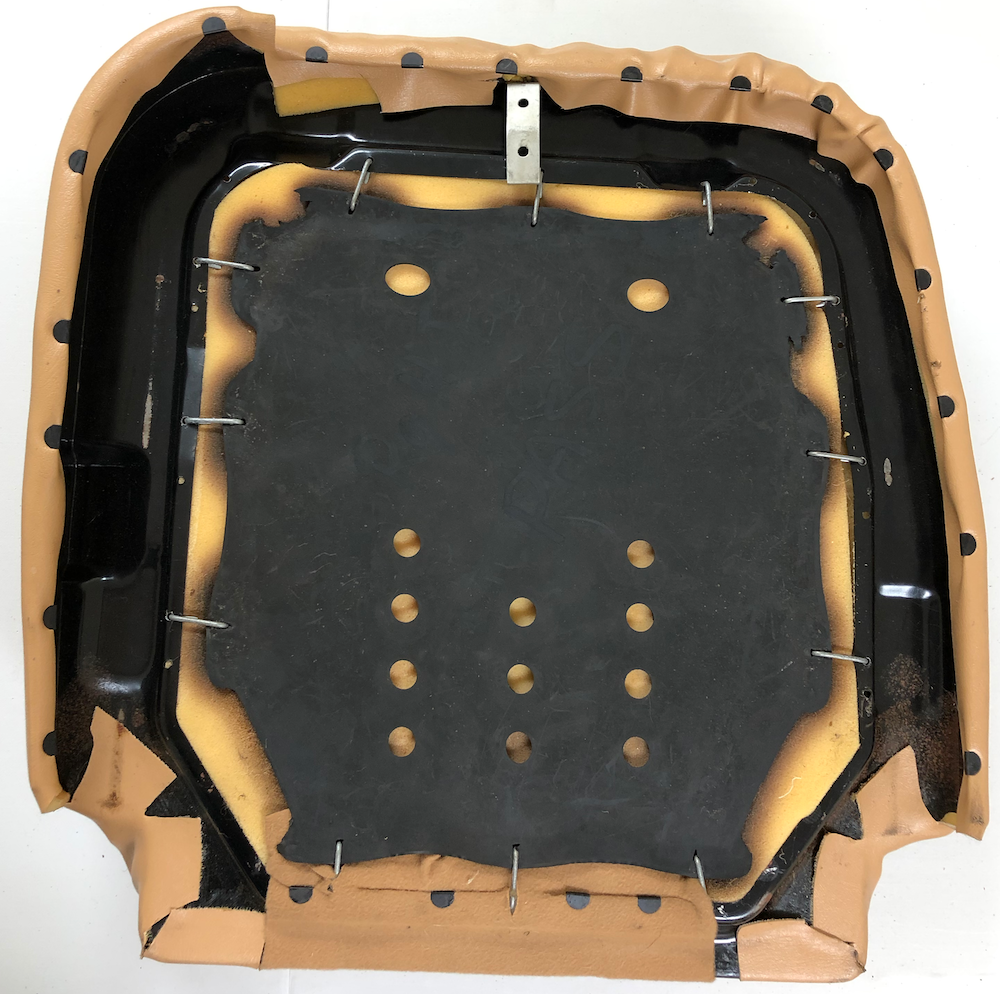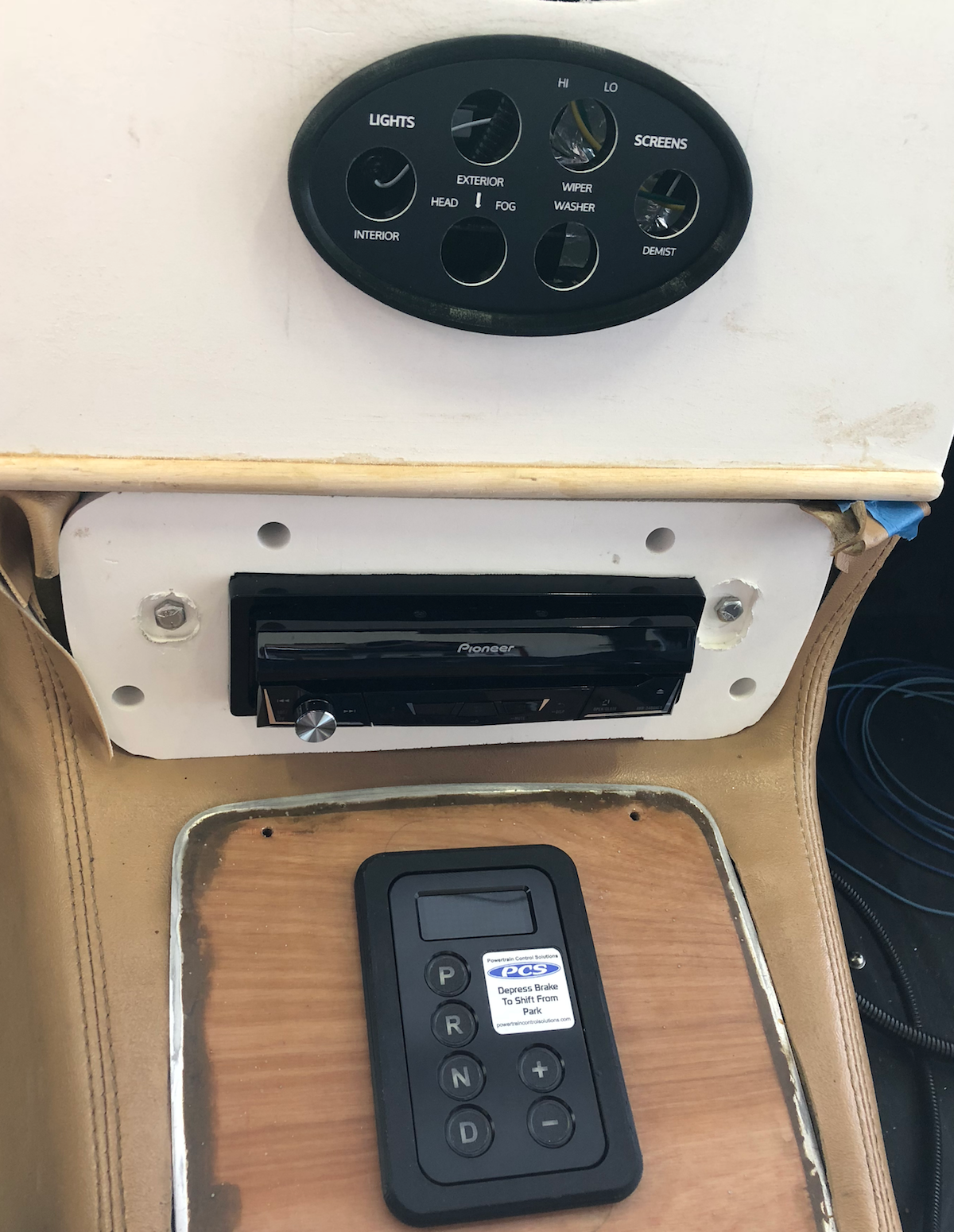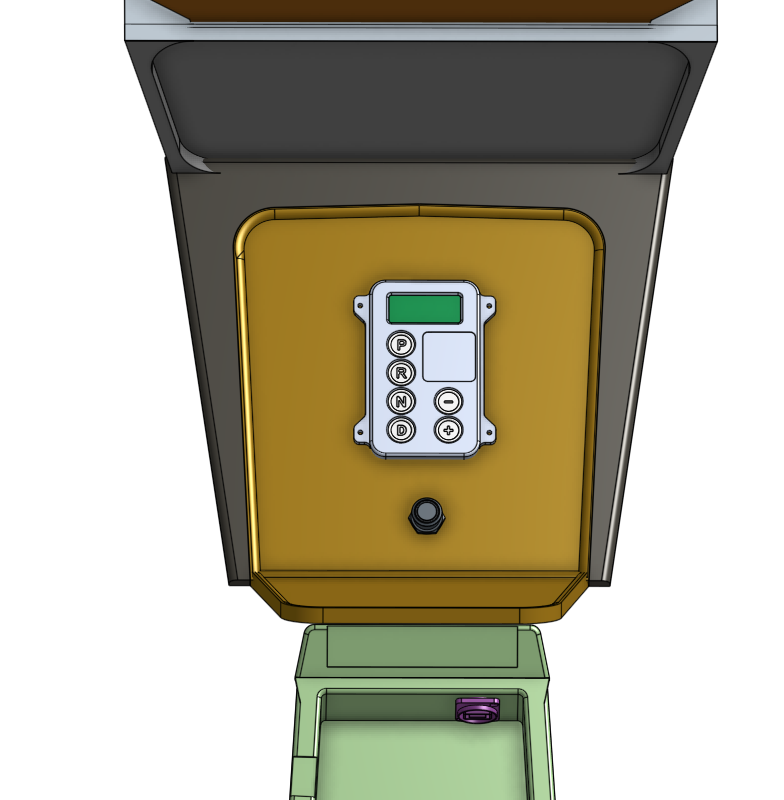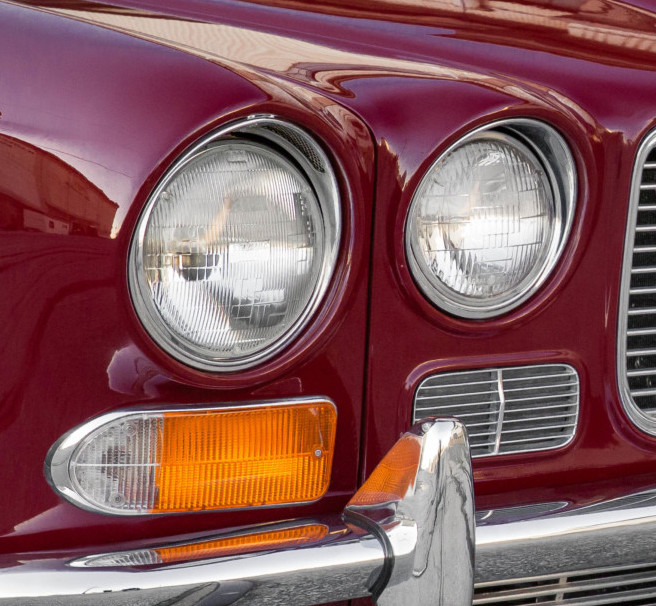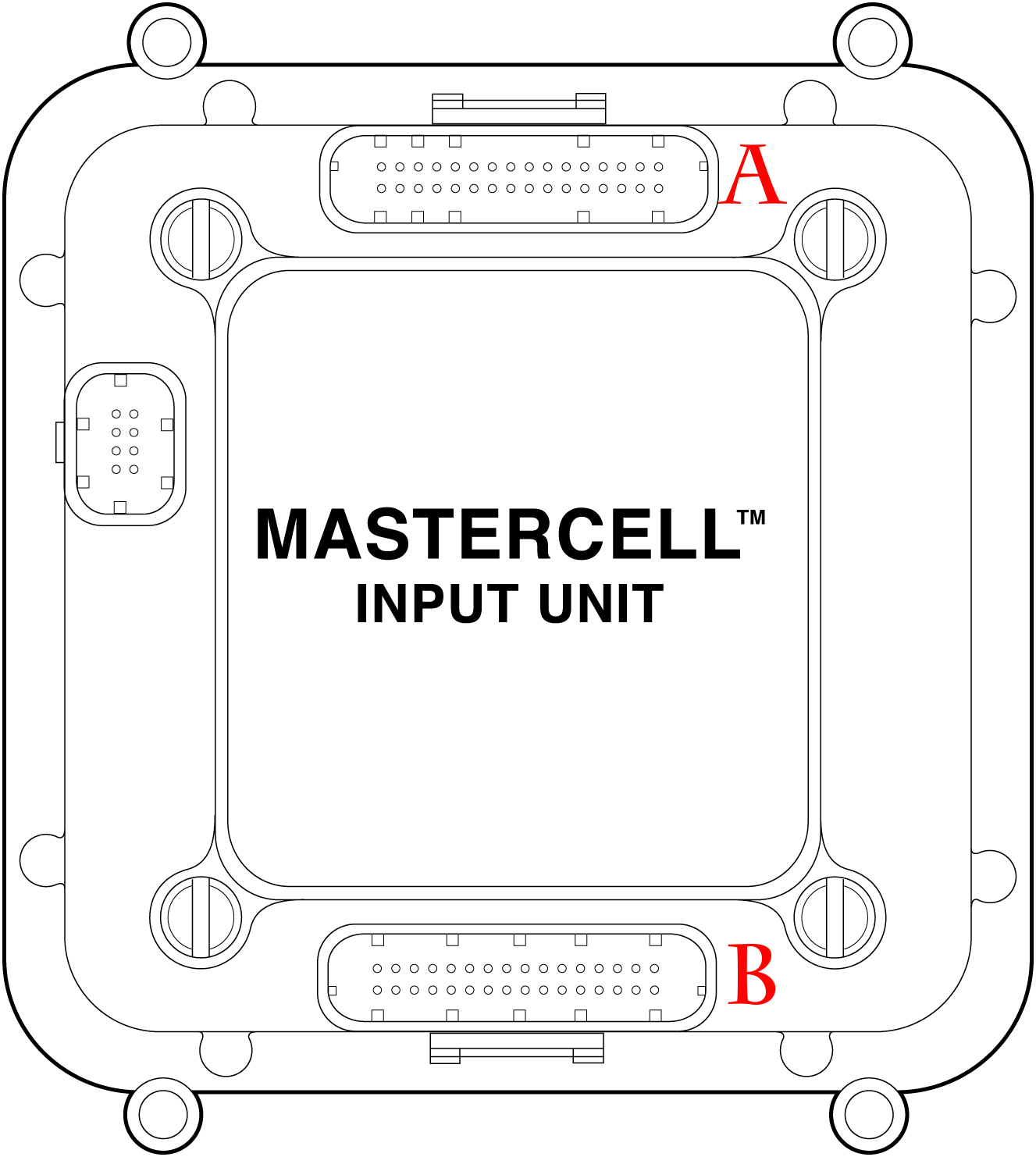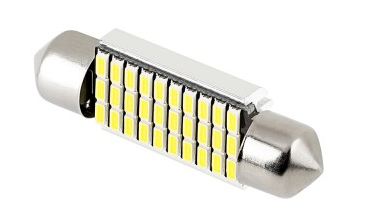Overview General Motors does not excel in product documentation, and one notable information desert concerns fuel flow; that is, how gasoline gets from the tank to the fuel injectors. The closest Chevrolet application of our LS3 6.2L crate engine is the 2010-13 Corvette. As a starting point, let’s see how...
Continue reading...LS3 Connect & Cruise delivery
The GM Performance LS3 Connect & Cruise system selected for our restomod project represents the fifth generation Camaro SS and C6 Corvette 6.2L technology. The “Connect & Cruise” packaging mates the LS3 with the 4L65E automatic transmission and also includes the harness, ECU, and other components critical to engine operation....
Continue reading...Exhaust manifold options
Overview One of the more complicated fitment issues concerns the LS3 exhaust manifold on the left side of the engine. The right side is easy — there is plenty of room — since there is no steering column in the way. The left driver’s side has the protruding steering column,...
Continue reading...Engine mounts
Overview For most LS engine swaps, the engine mount issue is a minor one because so many aftermarket solutions exist for virtually all American muscle and sport cars. Alas, the British Jaguar hasn’t received the same aftermarket attention since LS swaps are relatively rare. Therefore, the problem of how to...
Continue reading...Battery cutoff switch
As part of the new fuel system design, we previously planned to repurpose the driver side rear fuel cap as a hidden (and locked) battery cutoff switch. The fuel cap housing was machined to fit the cutoff switch and glued in place. The switch itself is located where the left...
Continue reading...Fuel lines and fittings
Line materials There are four basic fuel line material choices: [1] the traditional rubber line used in many classic cars, [2] braided steel impregnated with chlorinated polyethylene (a rubber-like coating), [3] fluoroelastomer using PTFE (Teflon) or fluoropolymer elastomer (FKM) using Viton, and [4] hard metal lines, either aluminum, nickel-copper, or...
Continue reading...Rain/air extractor system
The XJ6 has a curious rain and air extractor system tucked under the rear backlight shelf. The purpose is twofold: 1) enable stale air to exit the cabin while preventing the intake of exhaust fumes, and 2) flush any water that flows down the rear window into the catch channel...
Continue reading...Emissions
Background While most automotive research efforts have been aimed at performance improvements, cost reduction, and driver safety/comfort, the issue of emission control, propelled by government regulations, exerts an influence on design and system evolution. The Clean Air Act of 1970, a strengthening of pollution laws dating back to the mid-1950s,...
Continue reading...Air conditioning hose connections
Our updated air conditioning system will use the R-134a refrigerant instead of the older R-12 that was in the original 1972 version. R-134a will itself be phased out in the next decade or so, but until then, it’s the best choice for aftermarket restomod projects. The basic layout is similar...
Continue reading...LS3 harness connections
Background The General Motors LS3 crate engine has 10 engine harness connections on the engine block: coolant sensor – 2 pin engine oil pressure sensor – 3 pin crankshaft position sensor – 3 pin knock sensors (2) – 2 pin camshaft position sensor – 3 pin manifold absolute pressure (MAP)...
Continue reading...
